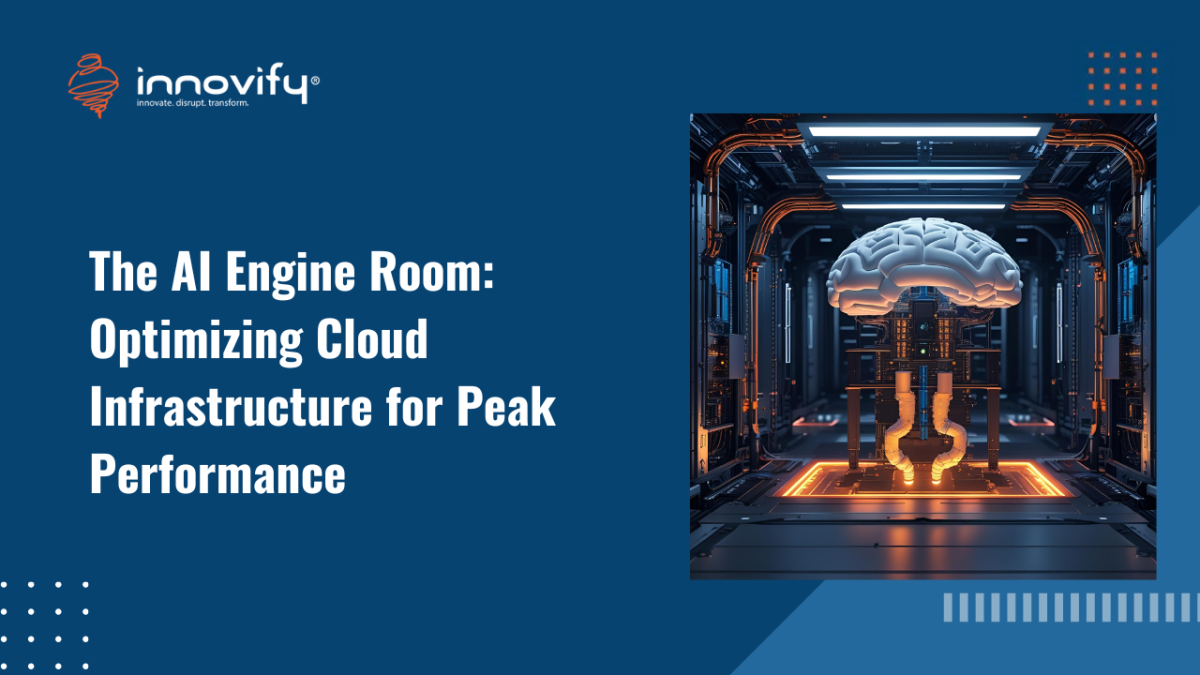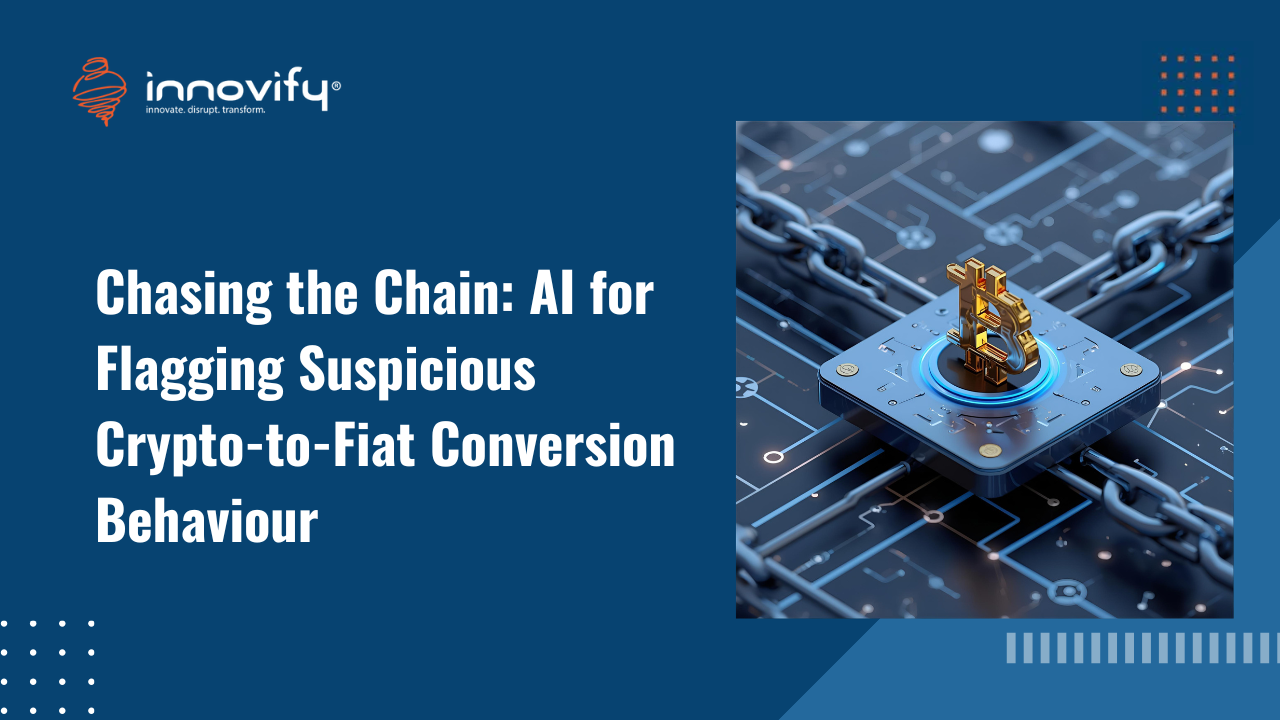AI/ML
The AI Engine Room: Optimizing Cloud Infrastructure for Peak Performance
Cloud infrastructure best practices for AI/ML workloads
The success of any AI or Machine Learning (ML) initiative is a direct reflection of the infrastructure that supports it. While the models themselves are the “brains” of the operation, the cloud infrastructure serves as the “engine room” – providing the power, resources, and stability required for data processing, model training, and seamless deployment. An ill-conceived infrastructure strategy can lead to runaway costs, sluggish performance, and significant operational bottlenecks, rendering even the most brilliant AI models ineffective. Therefore, adopting a strategic approach to cloud infrastructure best practices for AI/ML workloads is not just a technical consideration; it’s a fundamental business imperative.
The Foundation: Choosing the Right Compute
The first and most critical decision in building your AI infrastructure is selecting the right compute resources. AI/ML workloads are not one-size-fits-all, and different phases of the machine learning lifecycle demand different hardware.
- Model Training: This phase is computationally intensive and often requires massive parallelism. For deep learning and large-scale model training, GPUs (Graphics Processing Units) and TPUs (Tensor Processing Units) are the ideal choice. GPUs, originally designed for rendering graphics, excel at the kind of parallel matrix operations that are the backbone of neural networks. Cloud providers offer a range of GPU instances tailored for different scales of training. TPUs, on the other hand, are custom-designed by Google specifically for high-speed tensor operations and are highly optimized for TensorFlow workloads, offering unparalleled performance for large-scale training.
- Inference: Once a model is trained, the process of using it to make predictions (inference) is often less computationally demanding. For this, CPUs (Central Processing Units) are frequently a more cost-effective choice. They offer a great balance of performance and cost, especially for serving multiple requests simultaneously. However, for real-time, low-latency applications with high throughput, specialized inference chips or even smaller GPU instances may be necessary to meet strict service level agreements (SLAs).
A strategic approach involves a hybrid model, using powerful GPUs or TPUs for intensive training jobs and then deploying the trained models on more economical CPU instances for inference, a practice that can significantly manage costs without sacrificing performance.
Beyond Compute: A Holistic Approach
A robust AI infrastructure extends well beyond just the processors. It requires a holistic strategy that encompasses data, networking, and automation.
- Data Management and Storage: Data is the fuel for AI. A well-designed cloud infrastructure includes a scalable and accessible data storage layer, often a data lake, built on services like Amazon S3, Azure Blob Storage, or Google Cloud Storage. Best practices involve using data versioning to track changes to datasets, implementing data lineage to understand the source and transformations of data, and using different storage tiers (e.g., hot storage for frequently accessed data, cold storage for archival) to manage costs.
- Networking and Security: High-speed networking is crucial for moving large datasets to and from compute resources. A best practice is to design a private network for your AI workloads to minimize latency and enhance security. Speaking of security, it is paramount. Cloud infrastructure best practices for AI/ML workloads must include robust security measures such as Identity and Access Management (IAM) to control who can access what, data encryption at rest and in transit, and network security to protect against unauthorized access. Given that AI workloads often handle sensitive or proprietary data, compliance with regulations like GDPR or HIPAA is a non-negotiable part of the design.
- Cost Management: AI workloads, especially deep learning training, can be incredibly expensive. Strategic cost management involves more than just picking the right hardware. It includes leveraging spot instances for non-critical, fault-tolerant workloads to take advantage of unused cloud capacity at a fraction of the cost. Using reserved instances can provide significant discounts for predictable, long-running workloads. Moreover, implementing robust monitoring and alerting systems to track resource usage and spending is essential to prevent unexpected budget overruns.
The Role of MLOps and Automation
Finally, the most mature AI infrastructures are fully integrated with MLOps (Machine Learning Operations) practices. MLOps is the discipline of automating and standardizing the entire machine learning lifecycle, from data ingestion to model deployment and monitoring. A well-architected cloud infrastructure is the backbone of MLOps. It provides the automation hooks for Continuous Integration/Continuous Deployment (CI/CD) pipelines for models, allowing for new models to be trained and deployed with minimal human intervention. It also provides the monitoring tools to track a model’s performance in production, alerting engineers when the model’s accuracy begins to “drift” or degrade. Without a solid, automated infrastructure, MLOps is impossible, and AI projects are doomed to remain isolated, one-off experiments.
By meticulously designing the engine room of your AI operations, you ensure that your investment in AI isn’t just a research project but a scalable, secure, and cost-effective driver of business value.
Ready to optimize your cloud infrastructure for AI success? Book a call with Innovify today.




